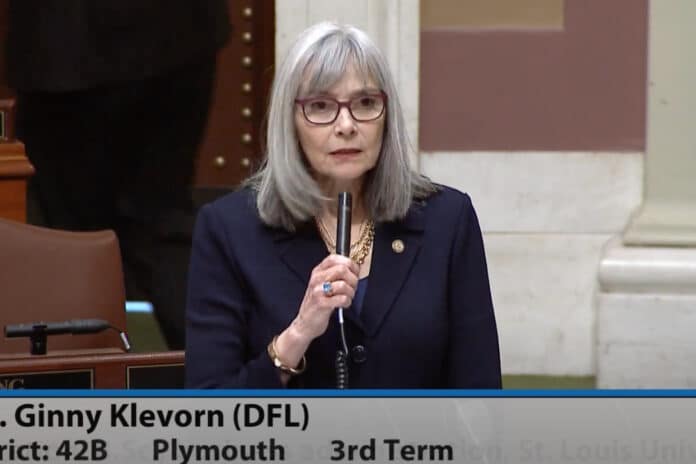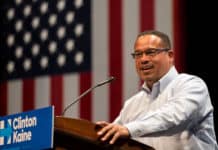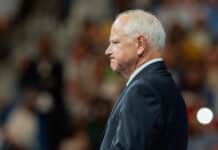
Forming a commission to redesign the state flag, studying the possibility of instituting ranked choice voting in statewide elections, and signing onto a national popular vote compact for selecting president — these proposed provisions were rolled into two versions of a $1.5 billion omnibus state government bill that passed along party lines in the House and then the Senate last week.
The DFL holds a majority (70-64 in the House and 34-33 in the Senate) in both chambers.
On Tuesday, the House voted on party lines, 70-59, to approve HF1830, which includes a 41 percent increase in spending in several areas of government, including:
- A nearly $141 million increase in new spending on informational technology services across state government agencies;
- A $74 million increase for legislative operations in the House and Senate, including a $3,500 salary increase for House members;
- An allocation of about $65 million to the Department of Administration for equity oversight grants, green building initiatives, and a newly established Office of Enterprise Management & Sustainability;
- A nearly $38 million increase for the Office of the Attorney General that proponents claim will fund technology upgrades and salary increases to “attract and retain top talent;”
- An almost $11 million increase in the budget for the Office of the Governor; this includes funding of $17,000 per month in rent for a temporary residence for Gov. Tim Walz while the governor’s mansion is being renovated;
- A $5.8 million increase in the budget for the Office of the State Auditor.
The bill also includes about $24 million in elections-related appropriations and elections reforms that include:
- An expansion of in-person, “live ballot box” voting for up to 18 days before Election Day;
- Allowing for employees to be absent without wage loss to vote for up to 46 days before the election;
- An increase of nearly $3 million for the campaign public finance subsidy budget;
- The creation of a commission to study the possibility of implementing ranked choice voting statewide.
On Thursday, the Senate received the House version and debated for several hours over the bill, before voting 34-33 to approve along party lines. That version features some departures from the House version. Any differences in the House and Senate version would have to be worked out in a conference committee in the coming weeks.
While Democrats praised their work on what they described as many needed spending increases to support state government operations and important election access issues on the minds of Minnesotans, Republicans said voters didn’t implore candidates to make changes on any of those issues during the 2022 campaign season.
“Taxpayers were deceived,” said Bruce Anderson, R-Buffalo. “Democrats campaigned on returning the whole surplus to Minnesotans, but this is not happening. Today, taxpayers are seeing the whole surplus being spent on more taxes, fees, and fines, while rules and regulations are being placed on their lives.”
Hank Long
Hank Long is a journalism and communications professional whose writing career includes coverage of the Minnesota legislature, city and county governments and the commercial real estate industry. Hank received his undergraduate degree at the University of Minnesota, where he studied journalism, and his law degree at the University of St. Thomas. The Minnesota native lives in the Twin Cities with his wife and four children. His dream is to be around when the Vikings win the Super Bowl.

















